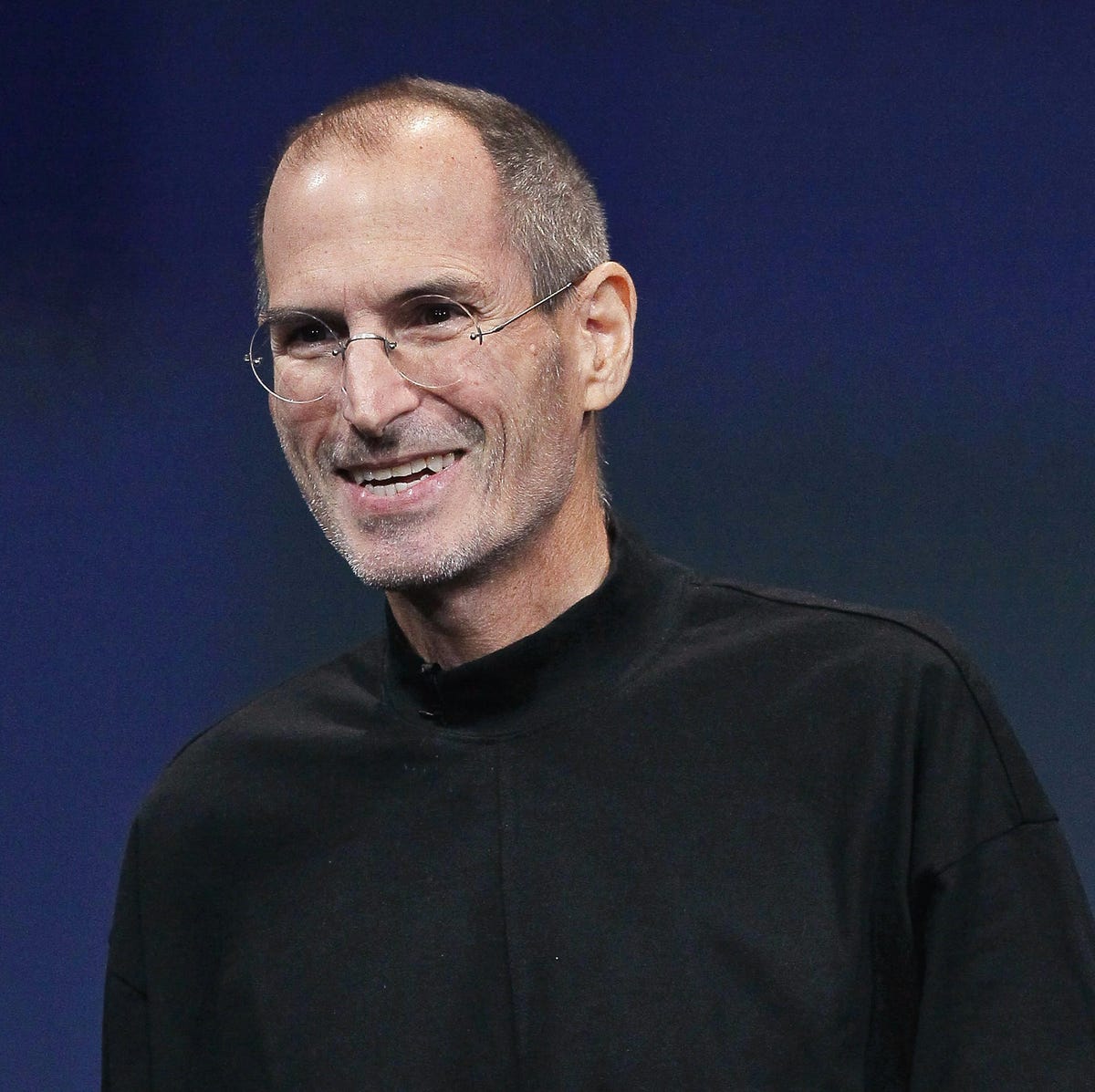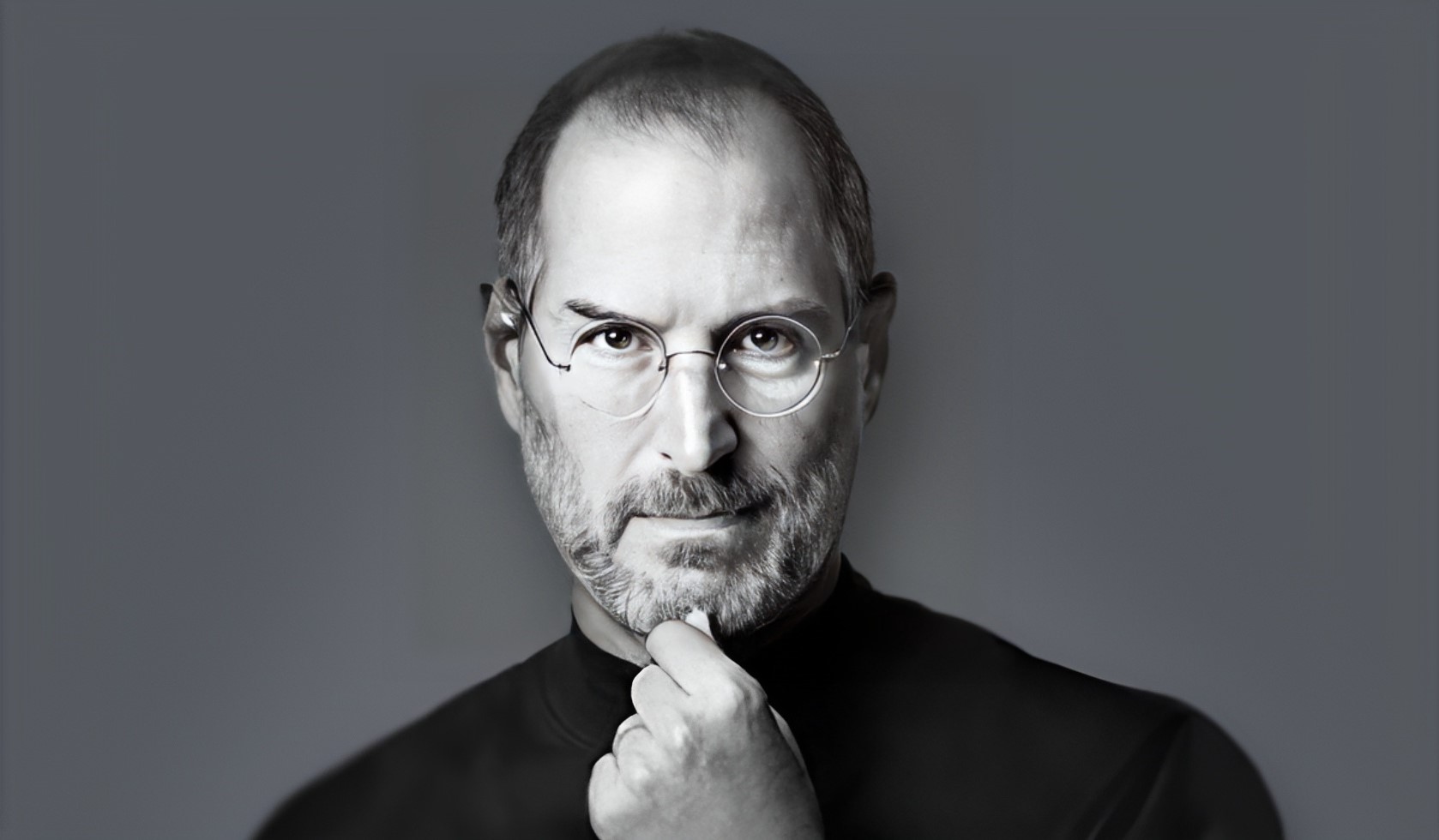Steve Jobs: Biography, Products & Legacy - A Google Discover Story
Did a single individual truly reshape the landscape of technology, transforming how we communicate, consume media, and interact with the world? The answer is a resounding yes: Steve Jobs, a visionary whose impact resonates even today, redefined the very essence of personal computing and beyond.
Born in San Francisco, California, on February 24, 1955, to Joanne Schieble and Abdulfattah Jandali, two graduate students at the University of Wisconsin, Steve Jobs's life took an unexpected turn shortly after his birth. Adopted by Paul and Clara Jobs, he was raised in Mountain View, California, the heart of what would become Silicon Valley. This early exposure to the burgeoning world of technology and innovation undoubtedly played a pivotal role in shaping his future. From a young age, his curiosity and innate understanding of design, coupled with a relentless pursuit of perfection, set him apart. He wasn't just interested in what technology did; he was driven by how it felt and how it could seamlessly integrate into human life. This philosophy, which would become a cornerstone of Apple's success, was evident even in his formative years.
| Category | Details |
|---|---|
| Full Name | Steven Paul Jobs |
| Born | February 24, 1955, San Francisco, California, USA |
| Died | October 5, 2011, Palo Alto, California, USA |
| Education | Reed College (dropped out) |
| Key Roles | Cofounder, CEO, and Chairman of Apple Inc.; CEO of Pixar |
| Key Innovations | Personal Computer Revolution, Macintosh, iPod, iPhone, iPad |
| Significant Contributions | Revolutionized personal computing, digital music, mobile phones, and tablet computing; transformed animation with Pixar. Redefined design and user experience in technology. |
| Awards and Recognition | National Medal of Technology, Presidential Medal of Freedom, numerous industry awards. |
| Business Ventures | Apple Inc., Pixar, NeXT |
| Health Challenges | Pancreatic Cancer |
| Legacy | Considered one of the most influential figures in technology and business; his products and design philosophies have shaped modern culture. He leaves behind an extraordinary legacy of innovation and design. |
| Reference Website | Apple - Steve Jobs |
Jobs's formal education was unconventional, marked by both his pursuit of knowledge and his willingness to forge his own path. He briefly attended Reed College in Oregon, spending a semester there before dropping out. However, he continued to attend classes that piqued his interest, demonstrating a commitment to learning that transcended traditional academic structures. This unconventional approach, a blend of curiosity and independent thought, would become a hallmark of his leadership style.
- Tanisha Foster Net Worth How Much Is Nipsey Hussles Ex Worth
- Frank Catanias Net Worth Exploring His Wealth Career
The seeds of Apple were sown in the mid-1970s, when Jobs, along with Steve Wozniak and Ronald Wayne, embarked on a venture that would forever change the personal computer era. The duos initial creation was the Apple I, a groundbreaking machine that made computing accessible to the average person. This was followed by the Apple II, a commercial success that cemented Apple's place in the burgeoning industry. The company went public in 1980, with Jobs at the helm, a visionary leading the charge.
Jobs's relentless focus on user experience and design was a key differentiator. He understood that technology should be both powerful and elegant, intuitive and beautiful. His vision extended beyond the technical specifications of a product; he was obsessed with the complete user experience, from the moment a customer saw the packaging to the feel of the device in their hand. This commitment to design, championed by him, separated Apple from its competitors, and is still a hallmark of the company.
But, as with many pioneers, Jobs's journey wasnt without its challenges. In 1985, following internal disputes, he was ousted from Apple. This event, while difficult, ultimately fueled his future endeavors. He founded NeXT, a computer company that focused on advanced technology, and in 1986, he acquired Pixar Animation Studios, transforming it into a powerhouse in the animation industry. Under his leadership, Pixar created a string of groundbreaking films, including "Toy Story," revolutionizing the art of animation and proving his adaptability. This was a display of strength, Jobs wasnt one to be easily knocked down and remained focused on his passion for innovation.
- Harry Slatkin Net Worth 2024 Unveiling The Candle Kings Fortune
- Danielle Zaslavskys Net Worth 2024 The Truth Revealed
The year 1997 marked a pivotal return to Apple. The company, once a leader in the industry, was struggling. Jobs returned as interim CEO, and immediately set about revitalizing the company. He streamlined product lines, focused on design, and introduced a series of innovative products that would redefine the industry. The iMac, with its sleek design and user-friendly interface, was the first sign of the change. This was quickly followed by the iPod, which revolutionized the music industry, the iPhone, which transformed the mobile phone market, and the iPad, which ushered in a new era of tablet computing. Jobs oversaw the launch of multiple products during his second tenure, products that the modern world still relies on.
In these years, his health began to fail. Diagnosed with pancreatic cancer, he fought a courageous battle, continuing to lead Apple while undergoing treatment. Even in the face of adversity, his dedication to his work and his vision for Apple remained unwavering. The products launched during this period are a testament to his commitment.
Steve Jobs's influence extended far beyond the products he created. He challenged conventional thinking, encouraged creativity, and inspired a generation of entrepreneurs and designers. He emphasized the importance of simplicity, elegance, and user-centric design, principles that are now fundamental to the technology industry. In a time when innovation was often equated with complex technology, Jobs showed how simplicity could be powerful, how a product could tell a story, how design could be a differentiator.
His legacy is multifaceted. He revolutionized personal computing, digital music, and mobile communication. He transformed the animation industry and redefined the role of design in technology. He built one of the world's most successful companies and fostered a culture of innovation that continues to thrive. He leaves behind an enduring impact on the world and on how we live, work, and interact with each other.
Steve Jobs passed away on October 5, 2011, in Palo Alto, California. His death was a moment of great loss for the technology world and beyond. The outpouring of tributes from across the globe was a clear indication of the deep respect and admiration he had earned. However, his vision and impact live on.
Steve Jobss impact will be felt for generations. His legacy is not just about the products he created, but about the way he made us think about technology, about its possibilities, and about its role in our lives. He will be remembered as a visionary, a pioneer, and a true innovator, whose contributions have fundamentally reshaped the world.
- Calvin Hills Net Worth Financial Legacy Updated 20242025
- Paul Gosars Net Worth Salary Age Investments 2024

Steve Jobs Biography, Education, Apple, & Facts Britannica

Steve Jobs 1986

Steve Jobs was one of us Fabrice Grinda